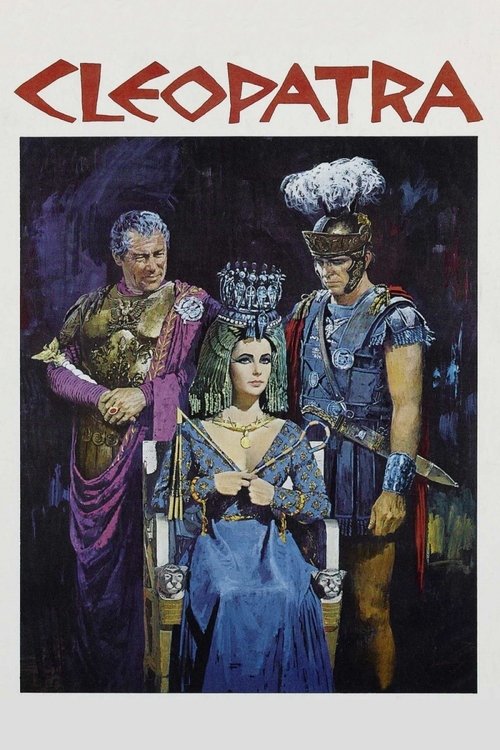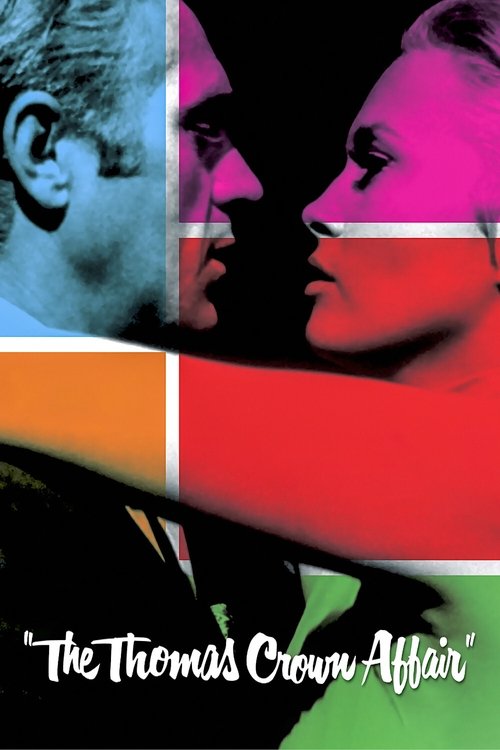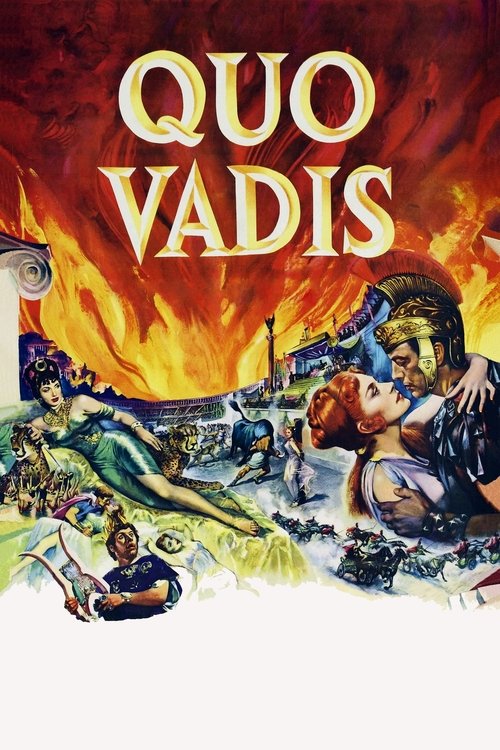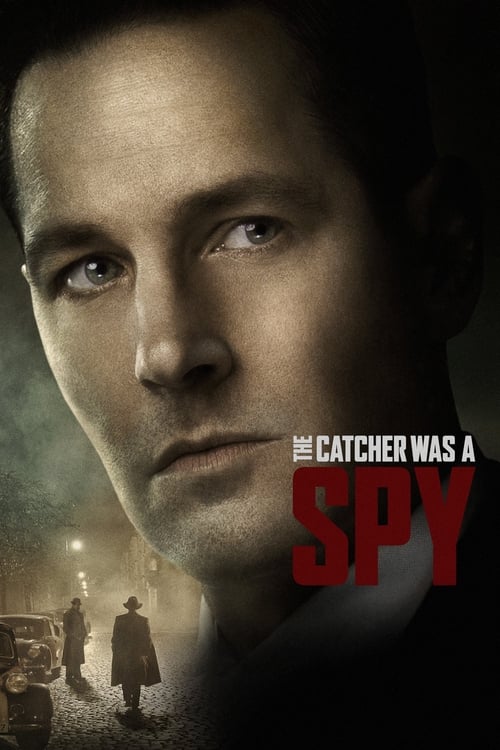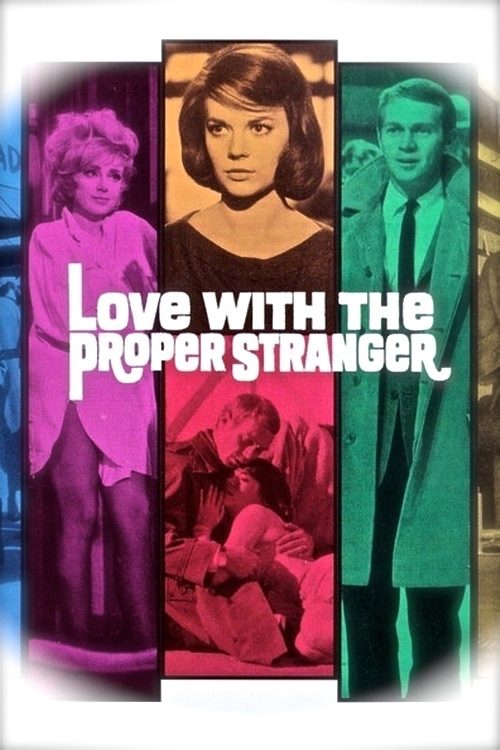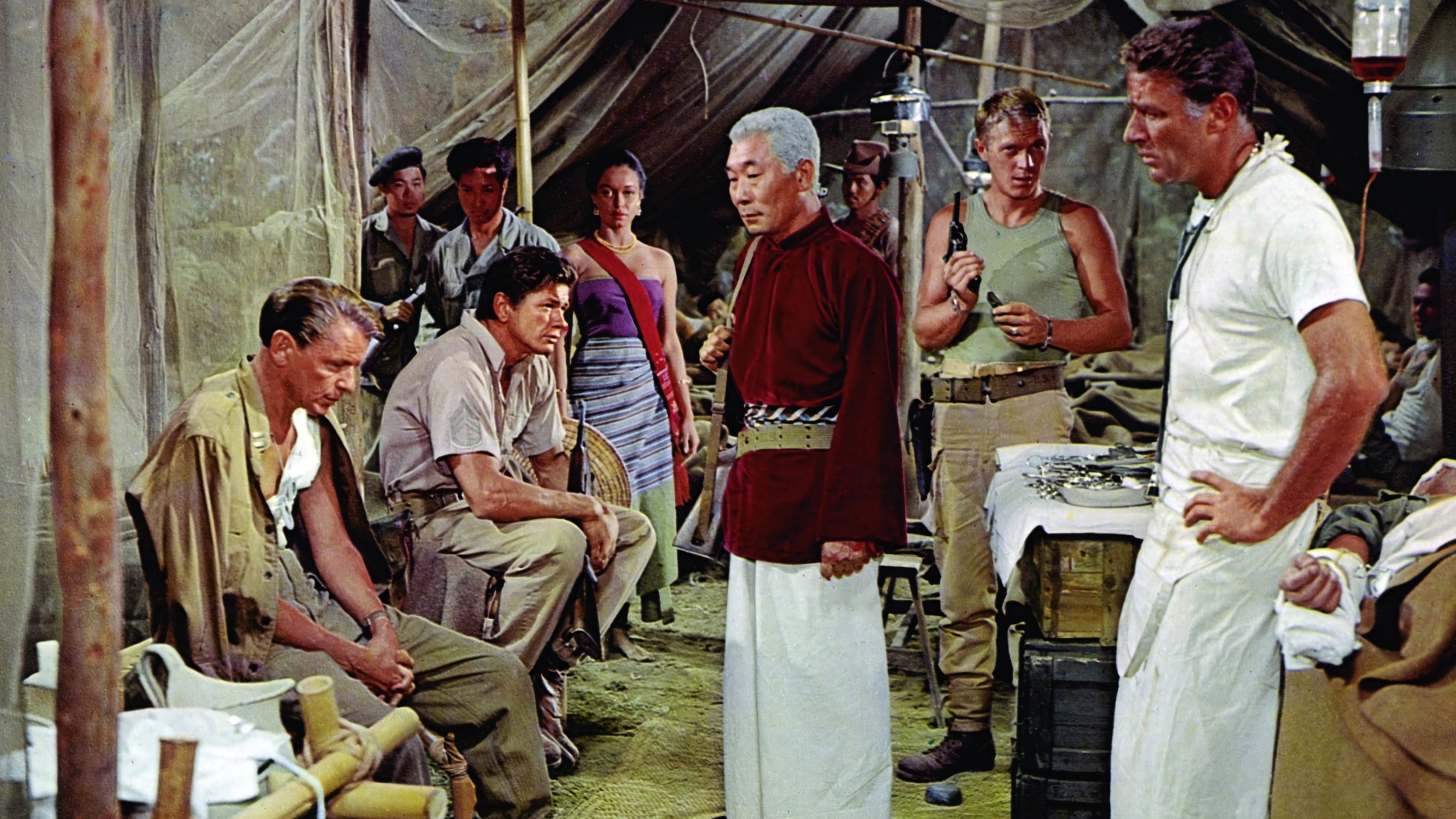
1959
Never So Few
War, Drama, Adventure
6.0
User Score
63 Votes
Status
Released
Language
en
Budget
$0
Production
Canterbury Productions, Metro-Goldwyn-Mayer
Overview
A U.S. military troop takes command of a band of Burmese guerillas during World War II.
Review
alarmgy
6.0
This was Steve McQueen's breakout role and I can see why. He does not have that much screen time, but he makes the most of every scene he is in. The jungle parts are okay, but they could have lost the whole Frankie and Gina romance thing and no would miss it. There was just no chemistry there. Actually the Burmese girl was more his type, except for the whole spy thing. Then there is Peter Lawford. Kind of disappointing. He seemed to be just collecting a paycheck. The rest is okay. It was worth 2 hours to see McQueen's first staring role, but I would not pay to see it again.
Read More 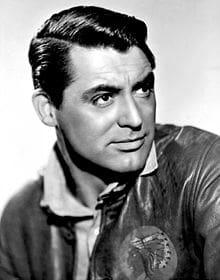
John Chard
6.0
Nothing in this war makes sense. Why you expect it to make sense now?
An allied guerrilla unit led by Capt. Tom Reynolds (Frank Sinatra) deals with the Japanese army and warlord controlled Chinese troops out in the Burma jungle.
"In the hills of North Burma, gateway to the vast prize of Asia, less than a thousand Kachin warriors, fighting under American and British leadership of the O.S.S., held back 40,000 Japanese in the critical, early years of World War II. It has been said NEVER have free men everywhere owed so much to SO FEW".
Killer Warrants and The Unprecedented War.
Directed by John Sturges and featuring Steve McQueen, Charles Bronson, Peter Lawford, Brian Donlevy, Gina Lollobrigida, Richard Johnson and Paul Henreid. Never So Few it's fair to say has a iffy reputation, originally conceived as a rat pack war film, it has some great strengths and some annoying weaknesses. The story itself is great, a part of the war that deserves to have been portrayed on the big screen, but why the makers didn't exorcise the whole romantic thread remains not just a mystery, but nearly a film killer.
As lovely as Miss Lollobrigida is, her whole character arc, and the relationship with Sinatra's stoic Reynolds, is surplus to requirements. It serves absolutely no purpose to defining other characters or for narrative invention. This strand of the story carries the film to over two hours in length, without this strand it's a film of 90 minutes focusing on the brave souls who fought in the Burmese conflict. Which is what it should have been.
When dealing with the conflicts, both outer and inner, the film does excite. The wily Sturges knows his way around an action scene and all the efforts here are gripping. Cast are fine and dandy, with McQueen dominating his scenes, Johnson the class act on show, while Sinatra, once he gets rid of the fake beard, shows his knack for tortured emotion to the point you just can't help but root for him even when he's being pig-headed (not a stretch for old blue eyes of course).
Tech credits are mixed, the studio sets are easily spotted, but conversely so are the real and pleasing location sequences filmed in Ceylon. The Panavision photography (William H. Daniels) is beautiful, a Metrocolor treat, but Hugo Friedhofer unusually turns in a lifeless musical score. All told it's not hard to see why it's a film that divides opinions, it's very episodic and that romance drags it something terrible. But still strong merits exist and it at least gets the core of the real story out in the public domain. 6/10
Read More 